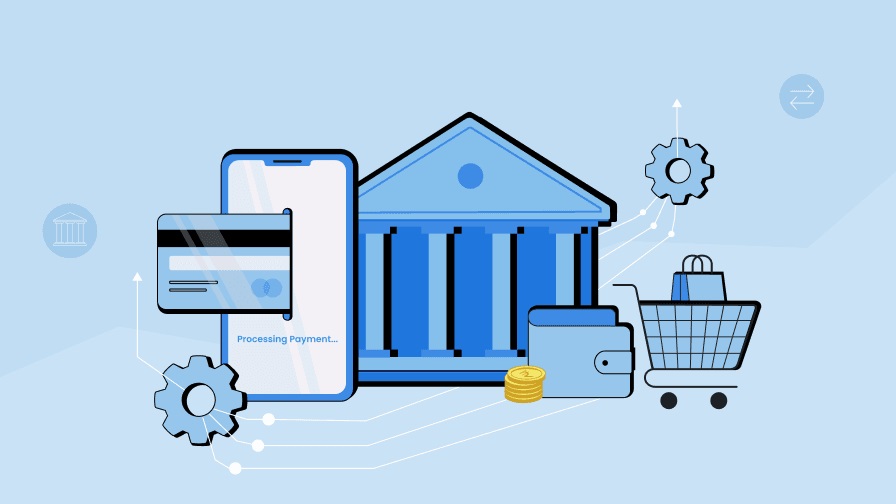1. Mobile Payment Meets Risk: A New Age of Convenience and Threats
Mobile payments have evolved into a fundamental part of daily life. With a few taps, we now pay for groceries, book taxis, transfer allowances to family, or even pay electricity bills. But alongside this digital leap, a darker pattern has emerged: increasingly sophisticated financial fraud tailored to exploit mobile transaction systems.
As mobile transactions surge across Asia, particularly in South Korea, researchers and regulators are focusing more intensely on how to secure users without slowing the user experience. The convenience of mobile payments must be matched with intelligent safeguards—a balance that defines the future of safe fintech.
2. Key Terms in the Mobile Fraud Landscape
- Mobile Payment: A transaction executed via smartphone through apps or contactless systems.
- Phishing: A method where fraudsters impersonate legitimate services to steal user credentials.
- SIM Swap Attack: A fraud tactic that gains control of a victim’s mobile number by deceiving telecom providers.
- App Cloning: A counterfeit version of a mobile payment app designed to harvest user data.
- Two-Factor Authentication (2FA): A layered security method requiring two steps to verify identity.
3. How Mobile Payment Fraud Happens: Step-by-Step Breakdown
- User installs an app: Fraudsters often push fake versions through unofficial sources.
- Credential hijacking: Through phishing links or spyware, credentials are harvested.
- SIM duplication: Attackers contact mobile providers with forged documents to reissue the user’s number.
- Account takeover: Once access is gained, attackers initiate unauthorized transfers.
- Disguised withdrawal: Funds are siphoned using cash-out services or through overseas transactions.
This process may take minutes to execute—and days to detect.
4. Pros and Cons of Mobile Payment Systems
Strengths:
- Speed: Transactions process instantly.
- Access: Great for underbanked users.
- Integration: Built into ecosystems like messaging, transportation, and commerce.
- User Incentives: Cashback, points, and subscription discounts.
Risks:
- Low Awareness: Many users don’t recognize fraud signs.
- Overreliance on Devices: Phone loss = financial vulnerability.
- Poor App Hygiene: Some download apps without verifying source.
- Inconsistent Regulation: Protections vary across platforms and regions.
5. FAQ: What Users Often Ask
- Can I recover money lost to a phishing scam?
- Possibly, but only if reported quickly and processed before transfer finalization.
- How do I know if an app is fake?
- Only download from official app stores and verify the developer.
- Is biometric authentication safe?
- Yes, but only when combined with app-specific PIN or 2FA.
- What are signs of fraud?
- Sudden login prompts, SMS from unknown sources, or new device login alerts.
6. Smart Protection Strategies for Mobile Users
- Enable App Locking: Use fingerprint or PIN to secure payment apps.
- Use 2FA Whenever Possible: Don’t rely solely on SMS codes.
- Monitor Transaction History: Review statements weekly.
- Restrict App Permissions: Payment apps don’t need access to contacts or camera.
- Educate Yourself: Follow updates from regulatory bodies and tech news.
7. Practical Fixes for Real Threats
| Fraud Type | Prevention Method |
| SIM Swap | Use carrier PINs, monitor for loss of signal |
| App Cloning | Install from verified sources only |
| Credential Theft | Use password managers and avoid public Wi-Fi |
| Phishing Attempts | Never click on unsolicited payment links |
| Session Hijacking | Log out after transactions and avoid background apps |
8. Tools That Help: Features That Should Be Standard
- Real-Time Alerts: Notify users of every login, payment, or app change.
- Spending Limits: Cap daily transactions to prevent major loss.
- AI Fraud Detection: Use behavioral analysis to flag anomalies.
- User Behavior Analytics: Platforms like zeropaybank now employ predictive models to identify irregularities before users even notice.
9. Professional Tips for Enhanced Safety
- Don’t save card info on browsers: Use secure wallet apps instead.
- Turn off Bluetooth & NFC when not needed: Prevent silent connections.
- Use alias accounts for P2P apps: Avoid using personal info as usernames.
- Test before large transfers: Send a small amount first.
- Update Everything: Apps, OS, and even telecom info.
10. Building Awareness in a Digital World
Awareness is not a one-time campaign. It must be baked into platform design, user onboarding, and policy. Financial literacy in the mobile era includes teaching how fraud happens, what warning signs look like, and how to respond fast.
Educators, governments, fintech companies, and even families need to be part of the process. If not, even the smartest platform will be only as secure as its least-informed user.
11. Final Thoughts: Empowerment Through Security
As the convenience of mobile payments increases, so does the sophistication of those trying to exploit them. It’s no longer a matter of if someone will attempt fraud—but when.
What separates victims from protected users isn’t luck. It’s awareness, layered security, and platforms that are designed to think ahead. Solutions like zeropaybank demonstrate how fintech firms are integrating fraud detection with user guidance, building trust alongside innovation.
If the 2020s were about convenience, the latter half of this decade must be about confidence. Knowing your money moves are safe is just as important as how quickly they move. It’s time to put protection back into your pocket—right where your payments live.







